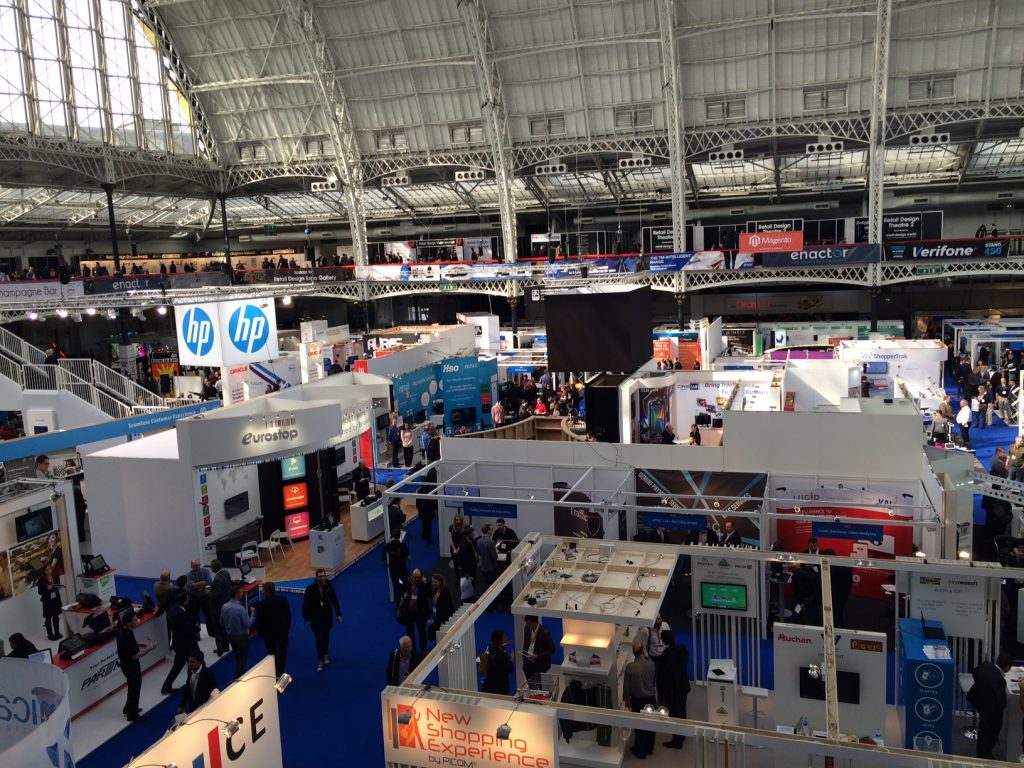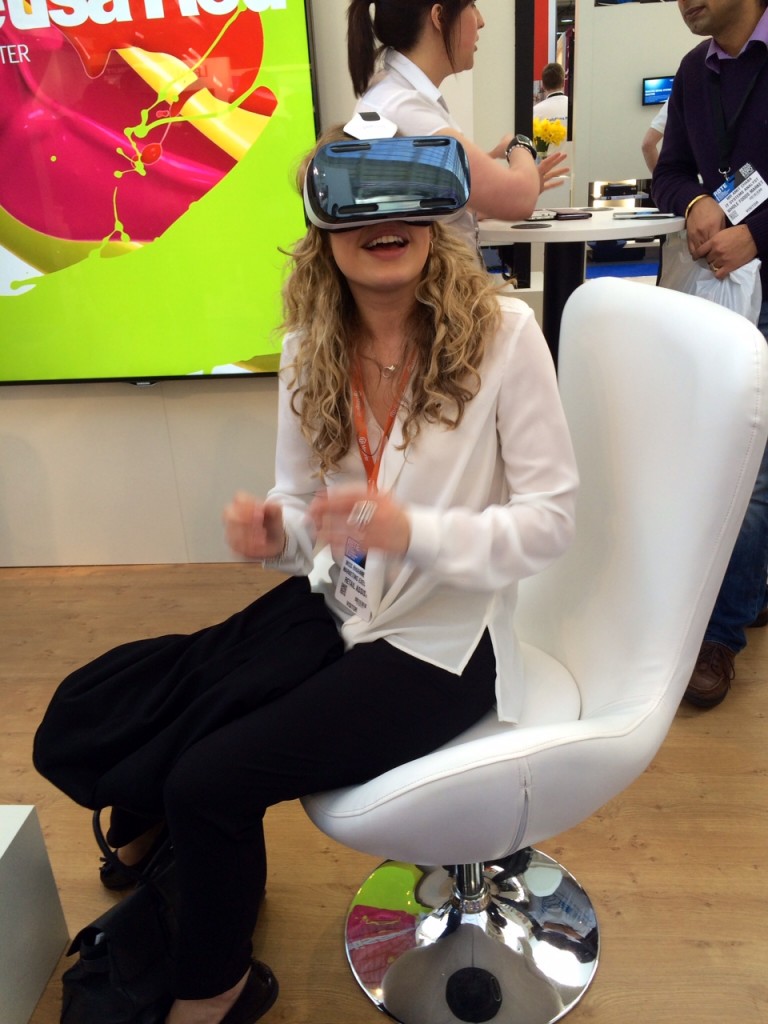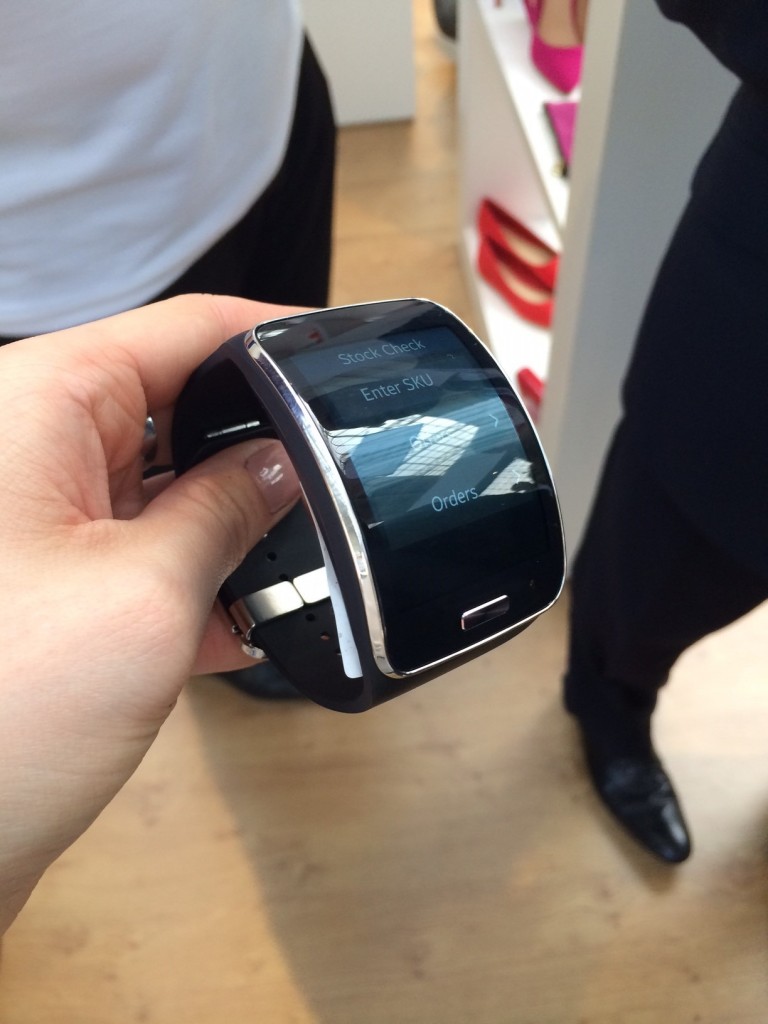Retail Assist had the pleasure of attending the Retail Business Technology Expo 2015 (RBTE) at Kensington Olympia last week, where retailers (and increasingly hospitality and leisure operators) gather to network, learn new ideas, and keep up with the latest retail trends and solutions available to help them improve business efficiency and the customer experience.

For us, most of the technology at RBTE solidified the importance of the physical store in the omnichannel retail experience. With Google opening its first fully branded physical store in London last week, it could not gesture more significantly toward the bridge that many companies are now beginning to make between the physical and digital divide. They want the consumer to physically experience the brand, and the store is the most traditional, and now a more innovative, space to do this in.
So, it’s probably safe to say that the retail channels that had most precedence at the show were definitely mobile and in-store, or more accurately, the interaction between them.
Here are a few key things we were impressed by or picked up over the two days, whether that’s actual technology, or new trends in technology and what it means for retail.
1) Scannable mannequins/VM Beacons
At the intersection of RBTE and venturing into its sister show, the Retail Design Expo, stood a striking fashionable set of mannequins in coordinating outfits that you might find in a “look book”. These mannequins were “scannable” – i.e. by holding up your mobile (with the relevant app installed), you are given the option to scan for looks, explore the collection with coordinating outfits and accessories, and make a purchase from your mobile, and finally share this over social.
![]()
Given that a common way to shop is now using the store to browse, and making the final purchase from a mobile device, this technology by Iconeme bridges the gap between the two for a seamless brand experience. In addition, for the time-poor consumer who may rush by an enticing window display and not have the chance to venture into store, they can continue the shopping experience at their leisure from their mobile device.
2) Oculus Rift and Samsung Gear S
With Samsung exhibiting at the Expo, I was thrilled to finally try out Oculus Rift virtual reality goggles, that I’ve blogged about previously.

Once again, the “game-changer” status that this technology holds in the retail arena cannot be understated. My experience behind the goggles was a Thomas Cook hotel poolside experience, to “try out” a holiday resort, judge its weather, the general atmosphere, and see the other holidaymakers that you might find there: a great tool for the hospitality industry to invest in.
If a retailer could develop 360 imaging of their flagship store, and add relevant sound and staff interaction, the shopping experience could equally be replicated over virtual reality.
The Gear S watch was also on display on Samsung’s stand, which was shown to us from a retail technology perspective. The watch has store inventory capability, and so can function on the shop floor as a fashionable wearable for store staff with a very practical and business applicable function – from browsing the store inventory, to analysing the SKU and even drilling down by product, it allows staff to be both mobile in the store as well as using multifunctional technology, rather like our on-the-go solution, Merret Tablet Inventory.

3) Internet of Things
With 150+ conferences over the duration of RBTE, we had the chance to drop in on some expert presentations. Miya Knights, Senior Retail Technology Analyst at IDC, gave a fantastic presentation on the Internet of Things (IoT) and what it means for retailers in the future.
Firstly, it cleared up the haze and confusion that such a broad terminology brings with it. Simply put, IoT refers to the ever-growing network of everyday physical objects, from watches to ovens, that autonomously connect to the internet and communicate with objects around them, and with us. The physical world is becoming one big connected information system.
In retail, IoT is most commonly used in RFID, but will become increasingly popular in the wearables sector. Miya’s presentation definitely maps on to what we’re seeing in retail in terms of the popularity of wearables: the wardrobe of the next generation is already here, and 1 billion wearables are predicted to be operating by 2019 (according to Cisco Retail).
For example, the recently launched Apple watch will be able to carry out transactions instead of using your debit card, and even make calls from your iPhone, all whilst gathering data without our instruction. In the US, 60% of retailers are actively pursuing the opportunity to invest in IoT, a percentage that Miya also thought should be reflected in the UK. As with any technological investment, the cost remains a barrier, as well as the need to set up extensive data security.
Amazingly, the number of connected devices outnumbered the number of people on the planet in 2009, and this is only set to grow. Synchronicity of technology already operates well in the tech-world, for example in omnichannel supply chain operation, so why not in the physical realm too?
We think you might like these posts too
© 2024 Retail Assist Limited. The Hub Floor 5A, 40 Friar Lane, Nottingham, NG1 6DQ.
Registered in England. Company number: 03790674
info@retail-assist.com | +44 (0)115 904 2777
Website Designed & Built by we are CODA